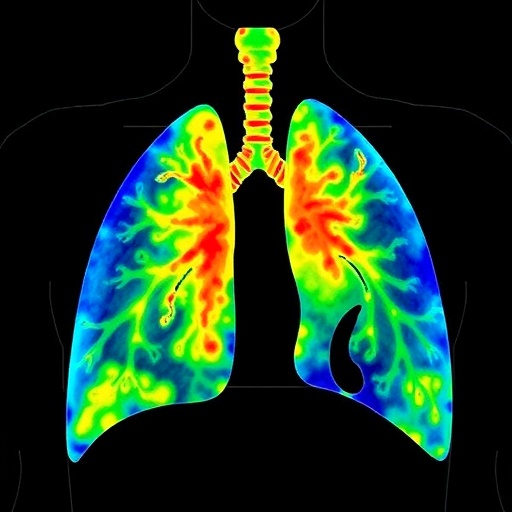Researchers at the University of Maryland School of Medicine (UMSOM) have made a surprising discovery: during fetal development, a particular immune cell seems to play a key role in determining the male or female characteristics of the brain.
"This a totally new discovery," says Margaret McCarthy, professor and chairman of the UMSOM Department of Pharmacology. "Prior to this, we didn't know that these cells played a role in this process at all."
The study, which was published today, appears in the latest issue of the Journal of Neuroscience.
Prof. McCarthy and her colleagues studied immune cells known as mast cells, which originate in the bone marrow but are found on body surfaces such as the skin, mouth, nose and eyes. They are also found on the outside surface of the brain in a membrane known as the meninges. Mast cells are signaling molecules, and when activated, they release a range of molecules, including serotonin, histamine and other inflammatory substances. In general they act as triggers for other immune system cells to respond to an injury or threat to the body.
"Mast cells are basically a signaling system, they release these substances, which signal to other immune cells to come and help out," says Prof. McCarthy.
At the same time, they also exist, in small numbers, in a specific area of the brain known as the preoptic area. The preoptic area contributes to the control of sexual motivation and parenting behavior, basic behaviors that occur in nearly all species. During development, between 10 and 70 mast cells exist in this area. This study found that in males there are more of the cells in this area than in females, typically about twice as many, and they are more actively releasing their signaling molecules, in particular histamine.
Surprisingly, the histamine released by the mast cells in males signals to another immune cell, the microglia, and instructs them to make prostaglandins, another inflammatory signaling molecule. In previous research, Prof. McCarthy's lab has shown how prostaglandins induce the development of neural connections in the preoptic area.
In research on rats, Prof. McCarthy and her colleagues found this crucial development occurs in the first week of postnatal development, and plays a large role in determining differences between the male and female brains. She says the findings amazed her: "This one type of cell, and a very small number of these cells, is orchestrating this complex multicellular process to permanently change the circuitry of the brain to make it different in males and females."
In many animals, including both rats and humans, certain regions of male and female brains are quite different. Imaging studies in humans suggest that females tend to have more cross-hemisphere connections, while males tend to have more connections within each hemisphere.
There are also differences in the size of certain parts of the brain. Certain parts of the hypothalamus are larger in men than women. This divergence may play a role in determining sexual orientation. In gay men, this hypothalamic region is smaller than in heterosexual men; it is typically the same size as in heterosexual women.
On the cellular level male and female brains are also sometimes different. Males tend to have more dense synaptic connections in the preoptic area, while in other areas, females have more dense synaptic connections.
Prof. McCarthy has focused much of her work on the neuroscience of sex differences. In previous research she found sex and gender differences in levels of a protein associated with language acquisition and development. This finding may be associated with higher levels of communication among females in some species.
In previous research, she had found that another kind of immune cell known as microglia appear to play a role in masculinization, in part through their production of prostaglandins, a neurochemical normally associated with illness. In recent years, scientists have increasingly realized that the immune system is integral to the development of the brain;
Prof. McCarthy and her colleagues are now doing additional research on the links between the immune system and brain sex differences. They will next focus on the role of histamine, one of the chemicals released by mast cells, to discover more about precisely what role it plays in the process.
###
Media Contact
David Kohn
[email protected]
410-706-7590
@ummedschool
http://medschool.umaryland.edu/
http://dx.doi.org/10.1523/JNEUROSCI.1176-18.2018




